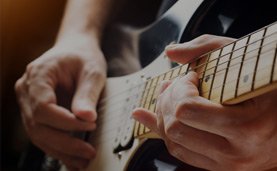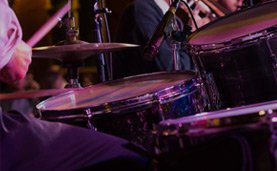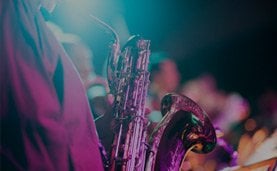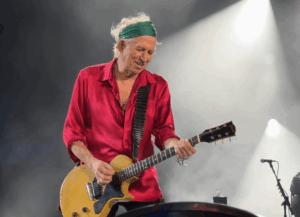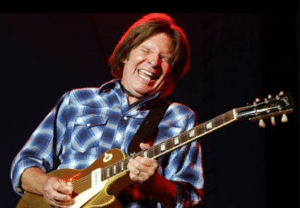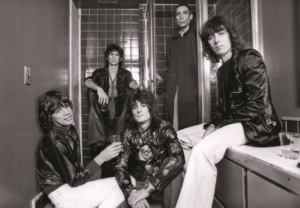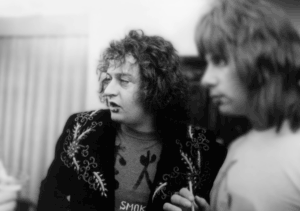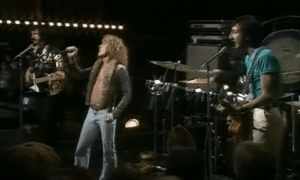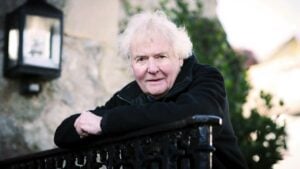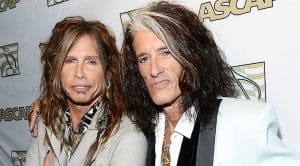Take A Look Behind How Freddie Mercury Exercises His Voice
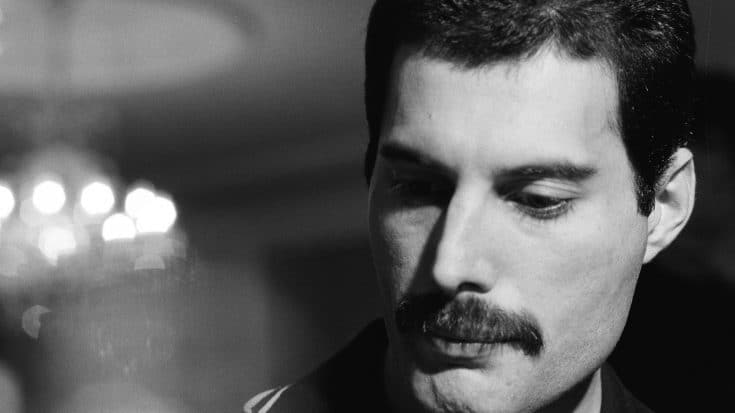
Freddie Mercury of Queen, interview and photo session for 'Music Life' magazine, on the band's Hot Space Japan tour at a hotel in Fukuoka, Japan, 19 October 1982. It was the band's fifth visit to Japan. (Photo by Midori Tsukagoshi/ShinkoMusic/Getty Images)
Freddie Mercury wasn’t always the powerhouse vocalist we remember today. If you listen to Queen’s first album, you’ll hear a singer still learning the ropes—trying things out, finding his voice. But what Freddie brought to the band wasn’t just vocal chops. He had energy, flair, and an unstoppable stage presence. He was bold, theatrical, and brought something extra that former Smile frontman Tim Staffell admitted was missing during his time with the group.
Brian May Knew Freddie Was the Perfect Fit
Early on, Queen had three potential lead singers, but guitarist Brian May saw something special in Mercury. He believed Freddie could take his songs and turn them into something much bigger. Even drummer Roger Taylor, who was initially hesitant and wanted to sing his own songs, came around. With tracks like “Radio Ga Ga” and “A Kind of Magic,” Taylor realized they sounded stronger with Freddie’s voice.
The admiration didn’t stop at music. Taylor later shared that his most prized possession is a larger-than-life statue of Freddie. “The absolutely massive statue of Freddie that was outside the Dominion theatre in London,” he told The Guardian. “It was going into a warehouse somewhere and I thought, I’ll have it in my garden, please.”
John Deacon and the Perfect Musical Puzzle
Bassist John Deacon, who quietly stepped away from the band after Mercury’s death, also played a key role in shaping their sound. He added bass and keyboards to Innuendo and Made in Heaven, helping create a rich musical tapestry. His playing wasn’t just background—it was carefully crafted to support Freddie’s voice and lift the music to another level.
On stage, Mercury truly hit his peak during Queen’s final tour in 1986. That year, he was electric—confident, commanding, and on fire. Their performances blended rock power with a touch of theatrical flair—“three quarters Led Zeppelin, and one quartet Mae West,” as one writer put it—with a splash of funk and pop for good measure.
Bigger Than the Sum of Their Parts
Each band member was talented on their own, but together, they created something magical. They trusted one another and worked like artists building a mosaic—one built around the strength of Freddie’s voice. Even his solo ventures reflected that same passion. His operatic album with Montserrat Caballé was born from his deep love for grand, dramatic music.
Behind the scenes, Mercury’s booming vocals weren’t easy to record—studio engineers had their hands full. But that was Freddie. He gave everything, whether on stage or in the studio, and that passion is still unmatched.
Watch Freddie rehearse before Queen’s final concert at Knebworth Park in 1986:


